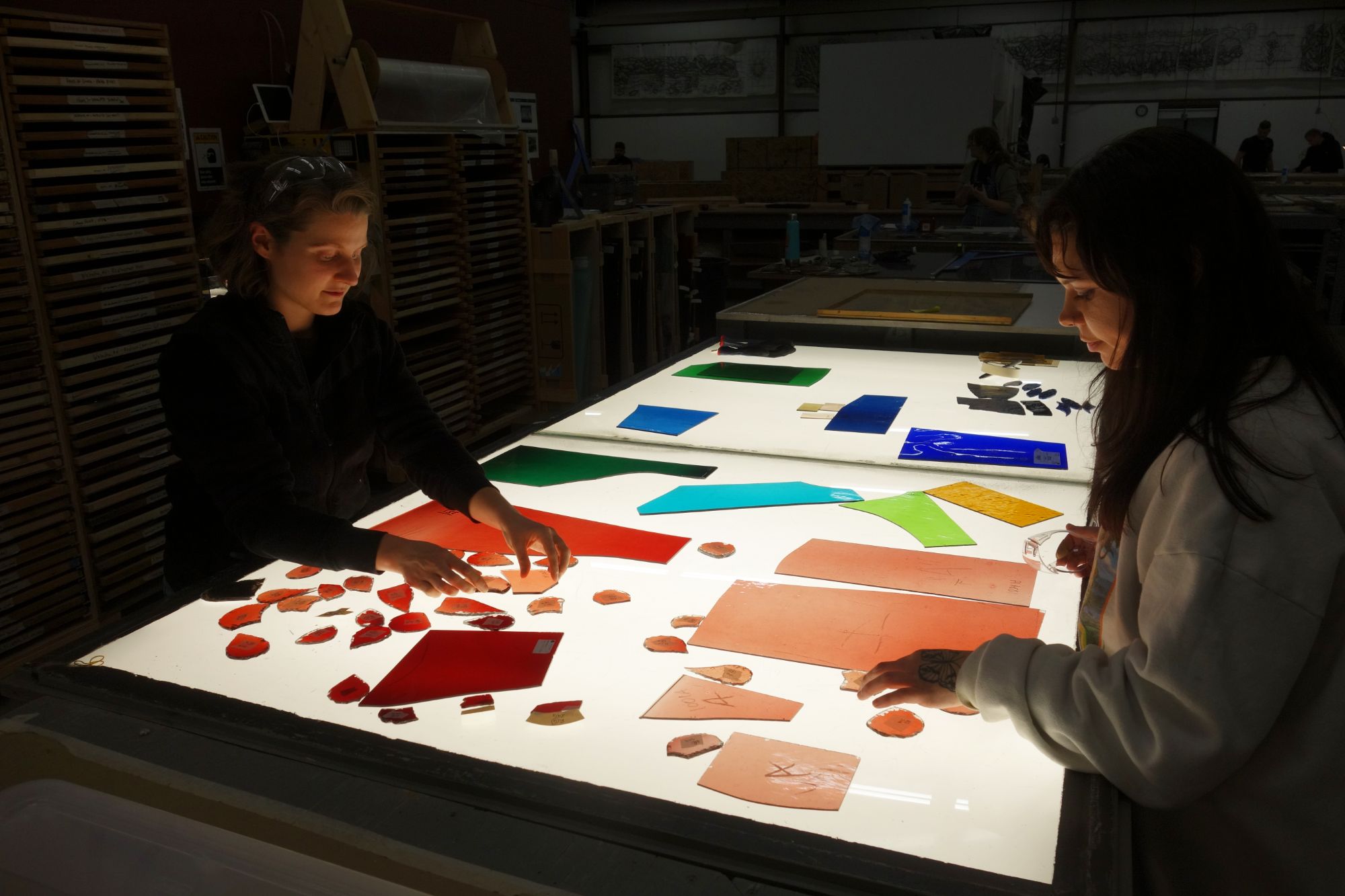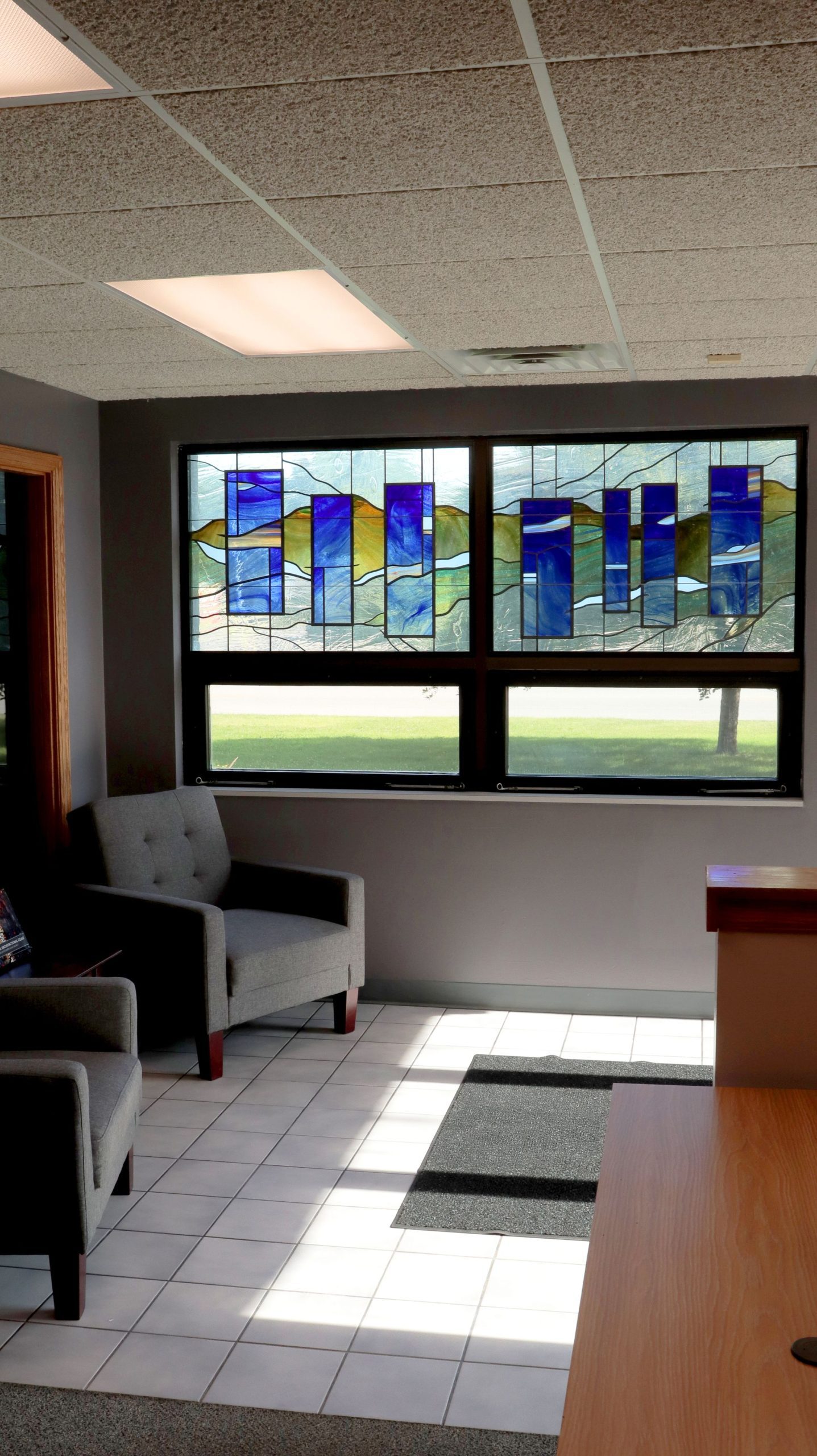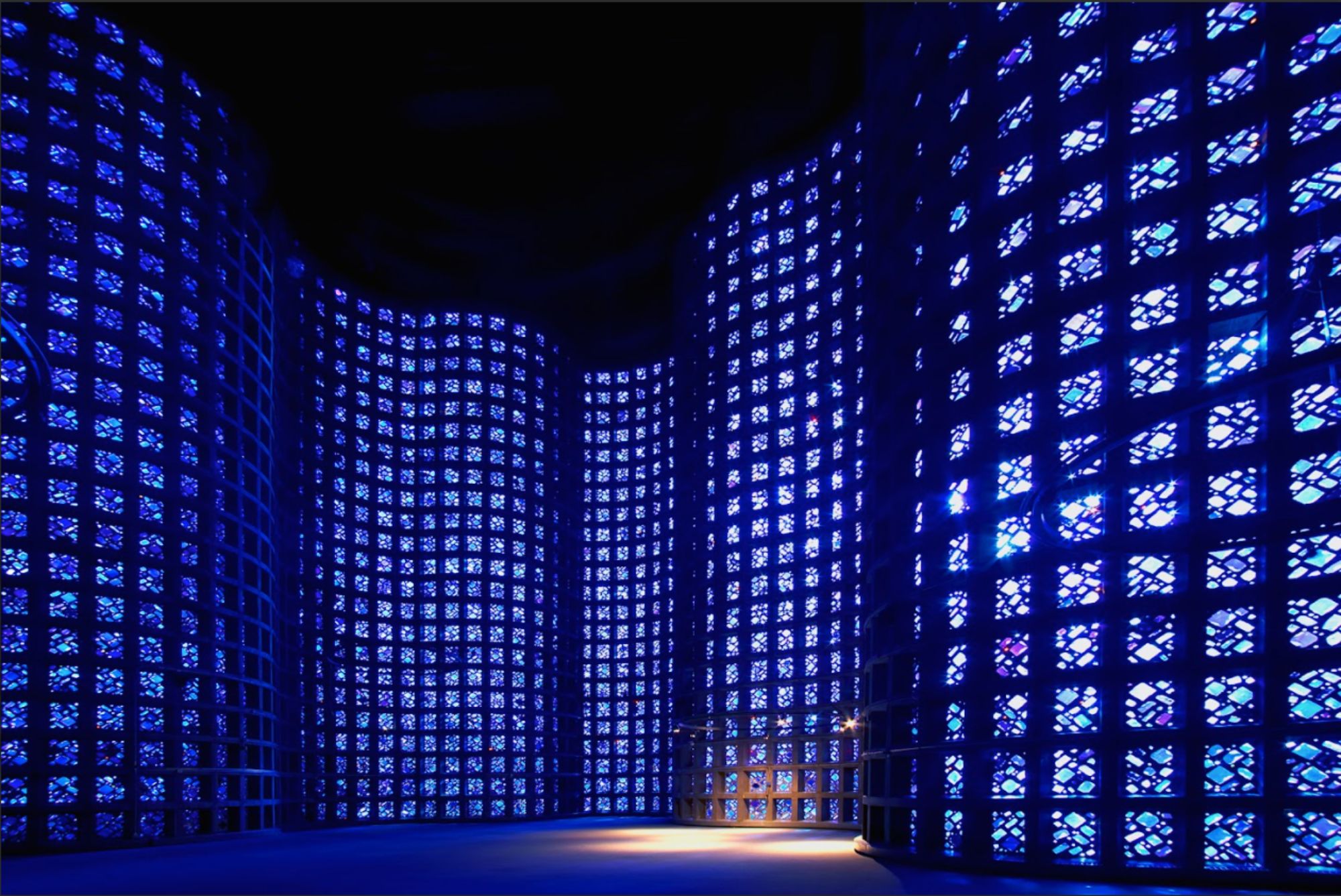
When you hear the words “stained glass,” what comes to mind? For many, it conjures images of grand cathedrals and traditional religious art. While its roots are indeed steeped in history, stained glass is breaking away from this purely traditional image to take on a pivotal role in modern sustainable architecture. Combining artistry, functionality, and environmental responsibility, architectural stained glass is becoming a key design element for those looking to innovate sustainably.
But how exactly does architectural stained glass contribute to sustainable practices in architecture? And why should architects consider it for their next project? Let’s explore the answers.

Breaking the Myths About Architectural Stained Glass

Before we discuss its sustainable potential, it’s important to address a few misconceptions about architectural stained glass.
Myth 1: Stained glass is only for religious or historical buildings.
While it’s true that stained glass has long been associated with churches and castles, modern applications are redefining its use. From sleek office buildings to eco-conscious residential projects, stained glass now fits seamlessly into various contemporary architectural styles.
Myth 2: Stained glass is purely decorative.
While its beauty is undeniable, modern stained glass is as functional as it is artistic. Advances in glazing and design allow it to play an active role in energy efficiency and sustainable building design.
Myth 3: It’s too expensive for practical use.
Though the initial cost may be higher than standard materials, the longevity, durability, and energy-saving capabilities of stained glass often lead to reduced life cycle costs.
Now that we’ve set the record straight, let’s take a closer look at how stained glass plays a sustainable role.
The Sustainability Superpowers of Architectural Stained Glass

Stained glass isn’t just beautiful; it’s a thoughtful, sustainable choice for modern architects. Here are four reasons why.
1. Optimizes Natural Light for Energy Efficiency
Stained glass doesn’t just filter light; it transforms it. By incorporating architectural stained glass into a building’s design, natural light is enhanced, reducing the need for artificial lighting during the day. Advanced glazing techniques further optimize energy efficiency by regulating solar heat gain, ensuring interiors remain cool in the summer and warm in the winter.
2. Eco-Friendly Materials
Modern stained glass production emphasizes sustainable materials, such as lead-free glass and recycled components. Choosing these materials not only reduces the carbon footprint of the building project but also aligns with the growing trend of environmentally conscious design.
3. Longevity and Durability
Unlike other materials that may fade, chip, or require replacement over time, architectural stained glass stands the test of time. Life cycle assessments show that it outlasts many conventional construction materials, reducing waste and maintenance needs. Properly crafted and installed stained glass can remain vibrant and intact for more than a century, making it a long-term sustainable choice.
4. Versatility in Design
Architectural stained glass offers limitless design potential, including minimalist, abstract, or bold custom compositions. Its flexibility allows architects to achieve both aesthetic appeal and specific functional goals while integrating art into sustainable design plans.
Willet’s Remarkable Contribution to the 1964-1965 New York World’s Fair
The New York World’s Fair of 1964-1965 was a celebration of progress, innovation, and artistic mastery. Among the event’s many architectural marvels, the Hall of Science and Technology stood out as a symbol of the era’s fascination with space exploration and discovery. At the heart of this structure was a breathtaking 80-foot-tall, faceted glass tower – a feat of design and craftsmanship made possible by the talents Willet Stained Glass Studios, then known as Willet Hauser Architectural Glass.
Crafting a Vision in Glass
Willet Studio was commissioned to design and construct the glass panels for the Hall of Science and Technology, a building conceptualized by architect Wallace Harrison. The structure’s walls were composed of 5,400 faceted glass panels that showcased a stunning interplay of color and light. Each panel consisted of thick chunks of glass in 20 to 30 different shades of blue, carefully selected and imported from France and the renowned Blenko Glass Company in West Virginia.
This intricate work marked Willet Stained Glass Studios’ largest faceted glass project to date, a groundbreaking effort in both scale and artistic ambition. The deep blue tones, chosen to symbolize the heavens, cast mesmerizing light patterns that evoked the excitement and mystery of space exploration – a theme central to the era’s cultural zeitgeist.
The Role of Marguerite Gaudin
The artistic soul behind this monumental project was Marguerite Gaudin, Willet’s principal artist for an impressive 60 years. Gaudin’s visionary designs gave form to the architectural glass panels, seamlessly integrating their function as both a structural component and an artistic centerpiece. Her careful attention to detail allowed the glass to embody the themes of the Hall of Science, creating an experience that was as contemplative as it was visually striking.
Gaudin’s expertise in glass art extended beyond technical proficiency; she also possessed an unmatched ability to infuse symbolism into her designs. The choice of 30 unique blue hues and the interplay of natural light aimed to transport visitors into a contemplative space, bridging the gap between science, art, and celestial imagination.
A Secular Masterpiece
While Willet Stained Glass Studios is renowned worldwide for its work in religious stained glass, the Hall of Science project was a striking departure from our traditional ecclesiastical commissions. Our innovative use of glass in a secular, science-focused exhibit broadened the studio’s portfolio and demonstrated the versatility of our craft.
The success of this project not only solidified Willet Stained Glass Studios’ reputation as a leader in architectural glass but also showcased the potential of faceted glass as a storytelling medium beyond religious contexts.
Even decades later, the legacy of this glass tower endures – not just as a remarkable piece of design, but also as a reminder of the era’s forward-looking spirit and the boundless possibilities of human creativity.

Addressing Industry Challenges
Despite its benefits, adopting architectural stained glass into sustainable designs isn’t without barriers. Here’s how architects can overcome them:
Challenge 1: Changing Perceptions
Many architects still view stained glass as purely decorative or tied to traditional styles. Educating stakeholders about its modern functionality and energy efficiencies can change this perspective.
Challenge 2: Initial Costs
Architectural stained glass may seem cost-heavy upfront, but architects should highlight its longevity and reduced replacement needs. Life cycle cost analysis often positions stained glass as a financially sound investment.
Challenge 3: Lack of Integration Knowledge
Some architects may hesitate to incorporate stained glass simply because they’ve never worked with it before. This is where partnering with experts, such as Willet Stained Glass Studios, becomes critical. Skilled artisans can guide the integration process, ensuring it aligns beautifully with the broader architectural vision.

Why Choose Willet Stained Glass Studios
If you’re considering architectural stained glass for your next project, Willet Stained Glass Studios is the partner you need. Here’s why:
- Legacy of Expertise: With more than 125 years and 36,000 projects completed, we set the benchmark in architectural stained glass craftsmanship.
- Sustainability Commitment: From sourcing eco-friendly materials to using energy-efficient designs, sustainability is embedded in every Willet project.
- Collaborative Custom Design: At Willet, every piece is tailored to the architect’s vision, ensuring seamless integration into contemporary or restoration projects.
- Extraordinary Craftsmanship: Backed by a team of experienced artisans, Willet’s glass installations withstand time, weather, and trends.
Take the First Step Today
If you’re ready to elevate your architectural projects with sustainable stained glass, the time to act is now. Whether you’re designing a cutting-edge office, restoring a historic chapel, or simply looking to add artistry to a space, architectural stained glass provides a harmonious blend of functionality, sustainability, and beauty.
Consult Willet Stained Glass Studios today to see how we can help you transform your vision into a masterpiece. Illuminate your projects with architectural stained glass that inspires, endures, and contributes to a brighter future.







